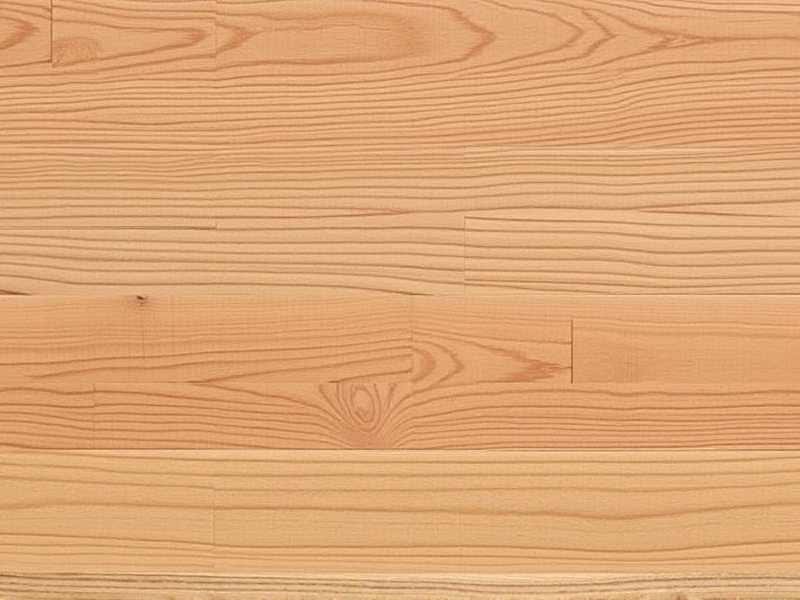Our Location
304 North Cardinal St.
Dorchester Center, MA 02124
Get to know the common names and varieties of composite wood used in modern architecture and design. Discover their unique properties and applications.

Composite wood, a versatile building material, has become increasingly popular in contemporary architectural designs and outdoor spaces. Unlike solid wood, composite wood is made from a combination of wood fibers or particles bonded with adhesives. This process enhances its durability and versatility, making it a preferred choice for many applications. Among the various types of composite wood, laminated veneer lumber (LVL) and oriented strand board (OSB) stand out due to their unique properties and widespread use.
Laminated veneer lumber, often referred to as LVL, is a type of engineered wood product created by laminating thin layers of wood veneer. Each layer is aligned with the grain running parallel to the length of the finished piece. LVL is known for its high strength-to-weight ratio, dimensional stability, and resistance to warping and twisting. These characteristics make it ideal for structural applications such as beams, headers, and trusses. In modern architecture, LVL is frequently used in residential and commercial buildings to create large open spaces without the need for load-bearing walls.
Oriented strand board, commonly known as OSB, is another widely used composite wood product. It consists of strands of wood arranged in layers and bonded together with resin and wax under heat and pressure. OSB is valued for its uniformity, strength, and cost-effectiveness. Due to its ability to withstand moisture better than traditional plywood, OSB is extensively used in sheathing, flooring, and roofing applications. Its affordability and performance have made it a staple in both indoor and outdoor construction projects, contributing significantly to sustainable building practices.
The integration of composite wood materials like LVL and OSB into contemporary architecture and outdoor spaces is driven by several factors. Firstly, these materials offer superior performance compared to traditional woods, providing enhanced structural integrity and longevity. Secondly, they contribute to sustainability efforts by utilizing recycled wood fibers and reducing waste. Lastly, their adaptability allows architects and designers to explore innovative forms and functions, pushing the boundaries of modern design.
Understanding the common names and characteristics of composite wood materials such as LVL and OSB is crucial for anyone involved in the construction industry. These materials not only meet the demands of modern architectural trends but also support sustainable building practices. By choosing the right composite wood for your project, you can achieve both aesthetic appeal and functional efficiency.
National Ready Mixed Concrete Association – Laminated Veneer Lumber (LVL)
American Wood Council – Guide to Engineered Wood Construction